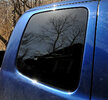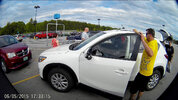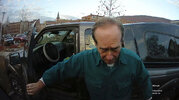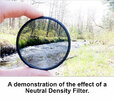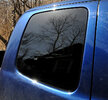DJ70
Active Member
- Joined
- Jun 5, 2021
- Messages
- 103
- Reaction score
- 29
- Location
- UK
- Country
- United Kingdom
- Dash Cam
- BlackVue DR900X Plus-2CH, DR900S-2CH.
Thinking particularly about rear cameras (DR900X Plus-2ch), it occurred to me that the view obtained by the camera through a rear screen with deeply tinted glass must be considerably reduced.
I know this is very subjective, but has anyone had experience of using such a camera in a so-equipped vehicle and how does the image produced fair? Or to put it another way, is it actually worth having a rear camera in that situation?
It would be even better if anyone has images of such a setup.
I know this is very subjective, but has anyone had experience of using such a camera in a so-equipped vehicle and how does the image produced fair? Or to put it another way, is it actually worth having a rear camera in that situation?
It would be even better if anyone has images of such a setup.

